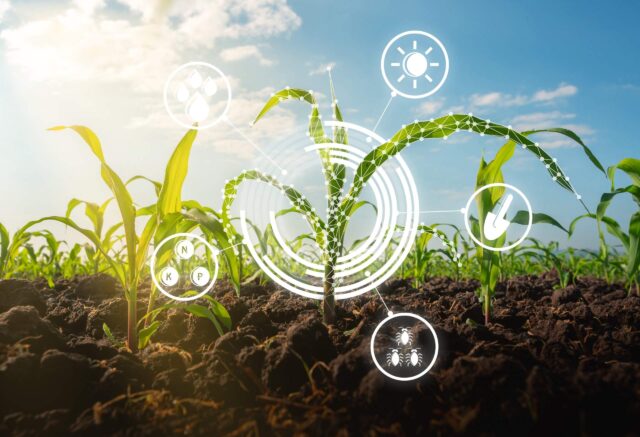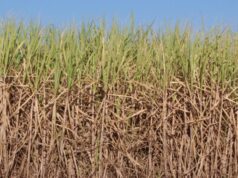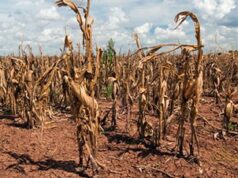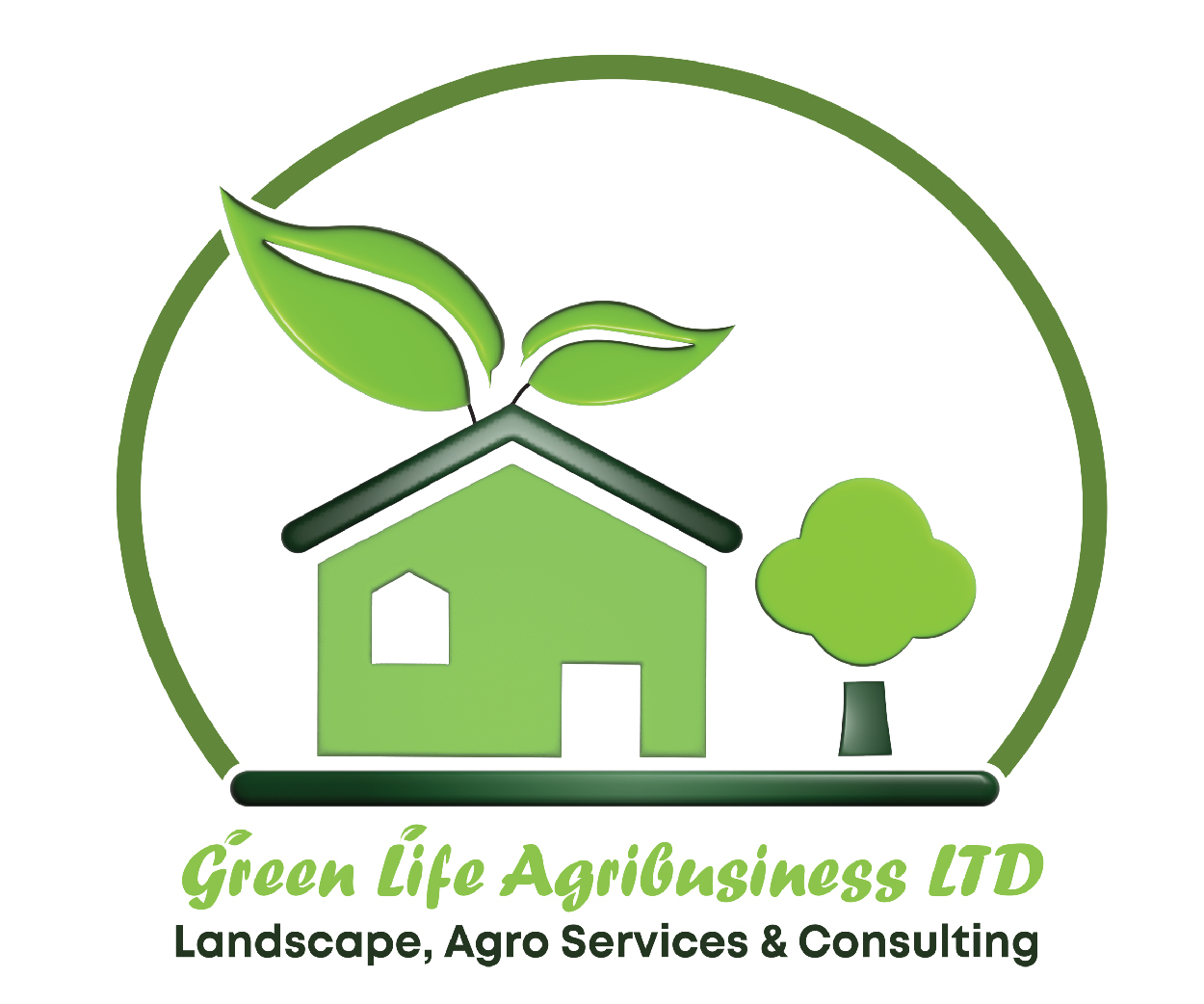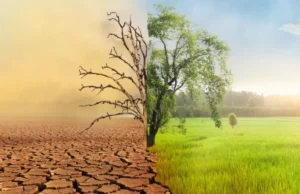- Introduction
Before the collapse of the Somali government in 1991, several significant agricultural projects were implemented to enhance the country’s agricultural productivity and self-sufficiency. These initiatives were primarily driven by the government’s commitment to “Scientific Socialism,” which emphasized state control over key economic sectors, including agriculture.
2. Cooperative Development and State Farms
In the early 1970s, the Somali government nationalized banks, insurance companies, and large industrial firms, establishing state-owned enterprises and organizing state-controlled cooperatives. The Law on Cooperative Development was decreed in 1973, directing substantial funds into the agricultural sector. By 1974, investment in agriculture had increased to 29.1% of total spending, up from less than 10% in previous years. These cooperatives aimed to modernize farming practices and increase production through shared resources and government support.
3. Integrated Agricultural Development Projects
Integrated agricultural development projects were launched to improve productivity and support rural communities. The Northwest Region Agricultural Development Project, for example, built upon earlier efforts by the British and the United States Agency for International Development (USAID) to create embankments controlling water flow. Supported by the World Bank in the 1970s and 1980s, these projects led to significant yield increases on treated farms compared to untreated ones.
4. Livestock and Rangeland Development
Recognizing the importance of livestock to the Somali economy, the government-initiated projects like the Northern Rangelands Development Project in 1977 and the Central Rangelands Project in 1979. Supported by international development agencies such as the Kuwait Fund for Arab Economic Development (KFAED), USAID, and the Food and Agriculture Organization (FAO), these projects focused on rotating grazing areas, establishing reserves, and creating new boreholes to support pastoral communities.
5. Fishing Cooperatives
Despite Somalia’s extensive coastline and significant fishery potential, fishing accounted for less than 1% of the gross domestic product in the early 1970s. To address this, the government established fishing cooperatives in areas like Eyl, Cadale, and Baraawe in 1975, with support from the Soviet Union, Australia, and Italy. These cooperatives aimed to modernize the fishing industry and increase its contribution to the economy.
6. Challenges and Outcomes
While these projects demonstrated the government’s commitment to agricultural development, their long-term success was limited. Many cooperatives and state farms struggled with economic profitability and sustainability. Factors such as droughts, political events, and the eventual collapse of the government in 1991 hindered the progress and continuity of these initiatives.
In summary, the period before 1991 in Somalia was marked by ambitious agricultural projects aimed at modernizing the sector and achieving economic self-sufficiency. Despite initial successes, various challenges prevented these projects from realizing their full potential, and many were discontinued following the government’s collapse.
Starting in the early 2000s, local communities, supported by international development agencies such as FAO and USAID, began restoring agricultural operations. Efforts to rebuild irrigation networks and processing facilities resulted in a gradual recovery. By 2010, sugar cane production exceeded 200,000 metric tons, reflecting the positive impact of agricultural aid and community-led farming initiatives.
Investments in drought-resistant sugar cane varieties and modern farming techniques contributed to sustained growth in production. Between 2015 and 2020, production levels consistently increased, surpassing pre-collapse levels as exports resumed through regional trade agreements. By 2024, sugar cane production reached nearly 390,000 metric tons, indicating full recovery and even surpassing historical production records. This growth highlights the resilience of Somalia’s agricultural sector despite recurring climate challenges and political instability in some areas.
The historical trend in sugar cane production demonstrates the critical role of political stability, investment in agricultural infrastructure, and international cooperation in sustaining economic development. The comparison of production levels before and after 1991 reveals the severe impact of governance failure, but also showcases the potential for recovery when adequate support systems are in place.
Continued investment in modern irrigation systems, agricultural training programs, and expanded access to export markets will be essential for maintaining this upward trajectory and strengthening Somalia’s position as a regional agricultural producer.



